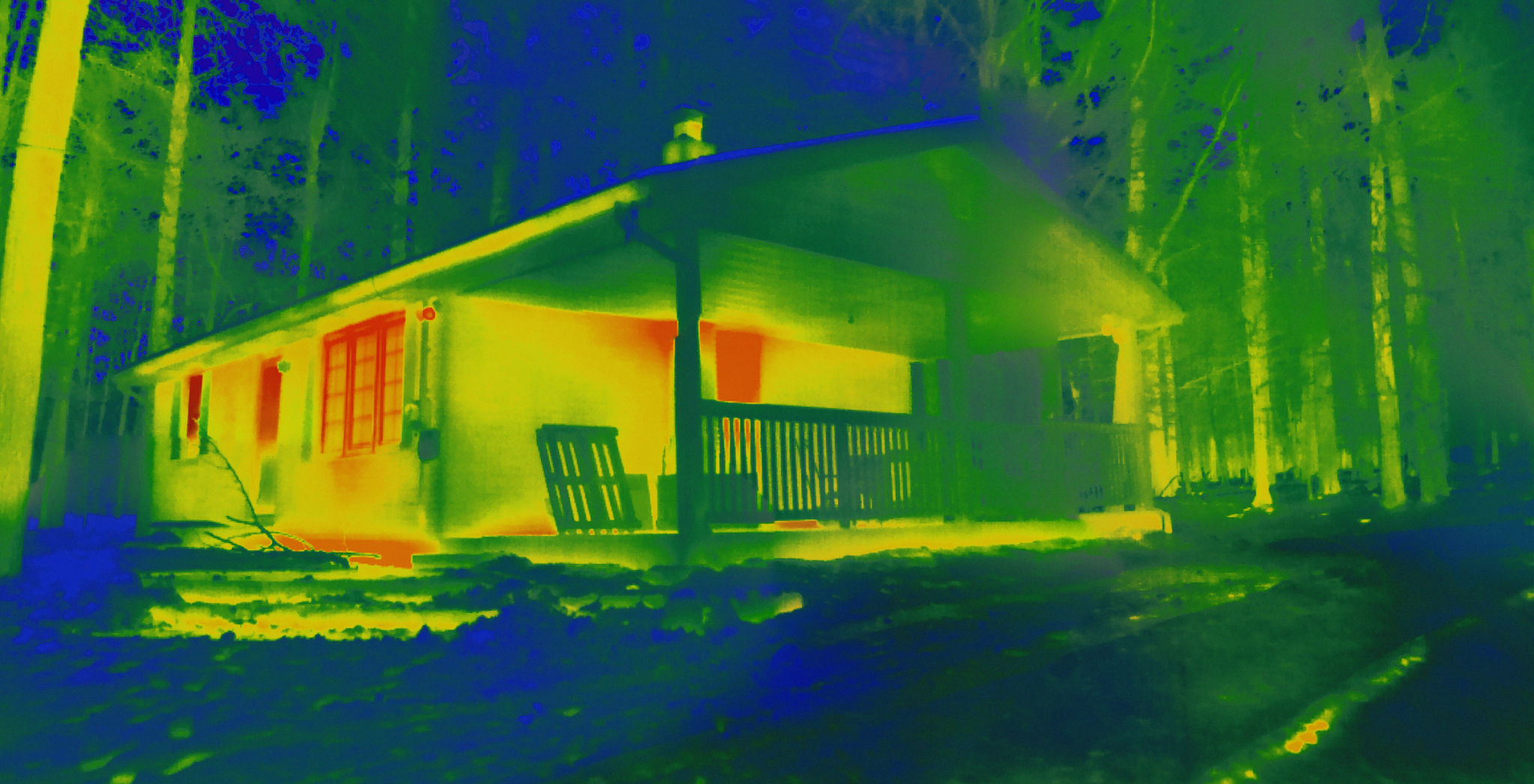Understanding Thermography: A Key Tool in Biosecurity Consulting
Understanding Thermography: A Revolutionary Approach in Biosecurity Consulting
In the ever-evolving world of biosecurity consulting, staying ahead of potential threats is paramount. One of the cutting-edge technologies making significant strides in this field is thermography. This non-invasive, imaging technique offers invaluable insights into various aspects of biosecurity, helping consultants mitigate risks and protect public health.

What is Thermography?
Thermography, also known as thermal imaging, involves the use of infrared cameras to detect heat patterns and temperature changes in objects. It provides a visual representation of thermal energy emitted by an object, enabling experts to identify anomalies that may not be visible to the naked eye. By capturing temperature variations, thermography helps in early detection and intervention, which is crucial for effective biosecurity measures.
Unlike conventional imaging methods, thermography does not rely on visible light, making it ideal for applications where lighting conditions are challenging. It is a non-contact and non-destructive technique, ensuring that the integrity of the subject being analyzed remains intact.
Applications in Biosecurity
The use of thermography in biosecurity is diverse and wide-ranging. Here are some key applications:
- Animal Health Monitoring: Thermography can detect subtle changes in an animal's body temperature, which may indicate illness or infection. This early detection is vital for preventing disease outbreaks.
- Facility Inspections: Thermal imaging can identify areas of heat loss or moisture intrusion in buildings, which are potential breeding grounds for pathogens.
- Equipment Maintenance: By monitoring temperature changes in machinery and equipment, thermography helps predict failures and schedule maintenance before issues arise.

Benefits of Thermography in Biosecurity
Integrating thermography into biosecurity consulting offers numerous benefits:
- Early Detection: Rapid identification of temperature anomalies allows for prompt action, mitigating potential threats before they escalate.
- Cost-Effective: By enabling predictive maintenance and reducing downtime, thermography can lead to significant cost savings.
- Enhanced Safety: Non-contact nature ensures safety for both operators and subjects, reducing the risk of contamination.
These benefits underscore the importance of adopting thermographic techniques as part of a comprehensive biosecurity strategy.
Challenges and Considerations
While thermography offers many advantages, it also comes with its challenges. Accurate interpretation requires expertise and experience; hence, training is essential for consultants to effectively utilize this technology. Additionally, external factors such as environmental conditions can affect thermal readings, necessitating careful calibration and consideration during analysis.

Despite these challenges, the advantages of incorporating thermography into biosecurity practices far outweigh the drawbacks. As technology continues to advance, the accuracy and accessibility of thermal imaging are expected to improve, further solidifying its role in safeguarding public health.
The Future of Thermography in Biosecurity
The future holds promising advancements in thermographic technology. With ongoing research and development, we can anticipate enhancements in camera sensitivity, artificial intelligence integration for better analysis, and more user-friendly interfaces. These improvements will make thermography an even more powerful tool in biosecurity consulting.
As we strive for a safer and more secure environment, embracing innovative technologies like thermography will be crucial. By understanding and leveraging its capabilities, biosecurity consultants can effectively protect communities from emerging threats and ensure a healthier future for all.